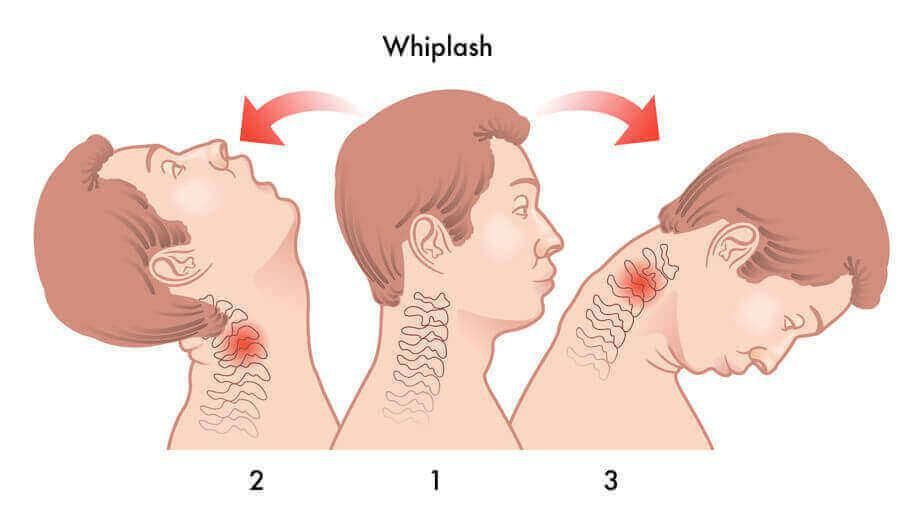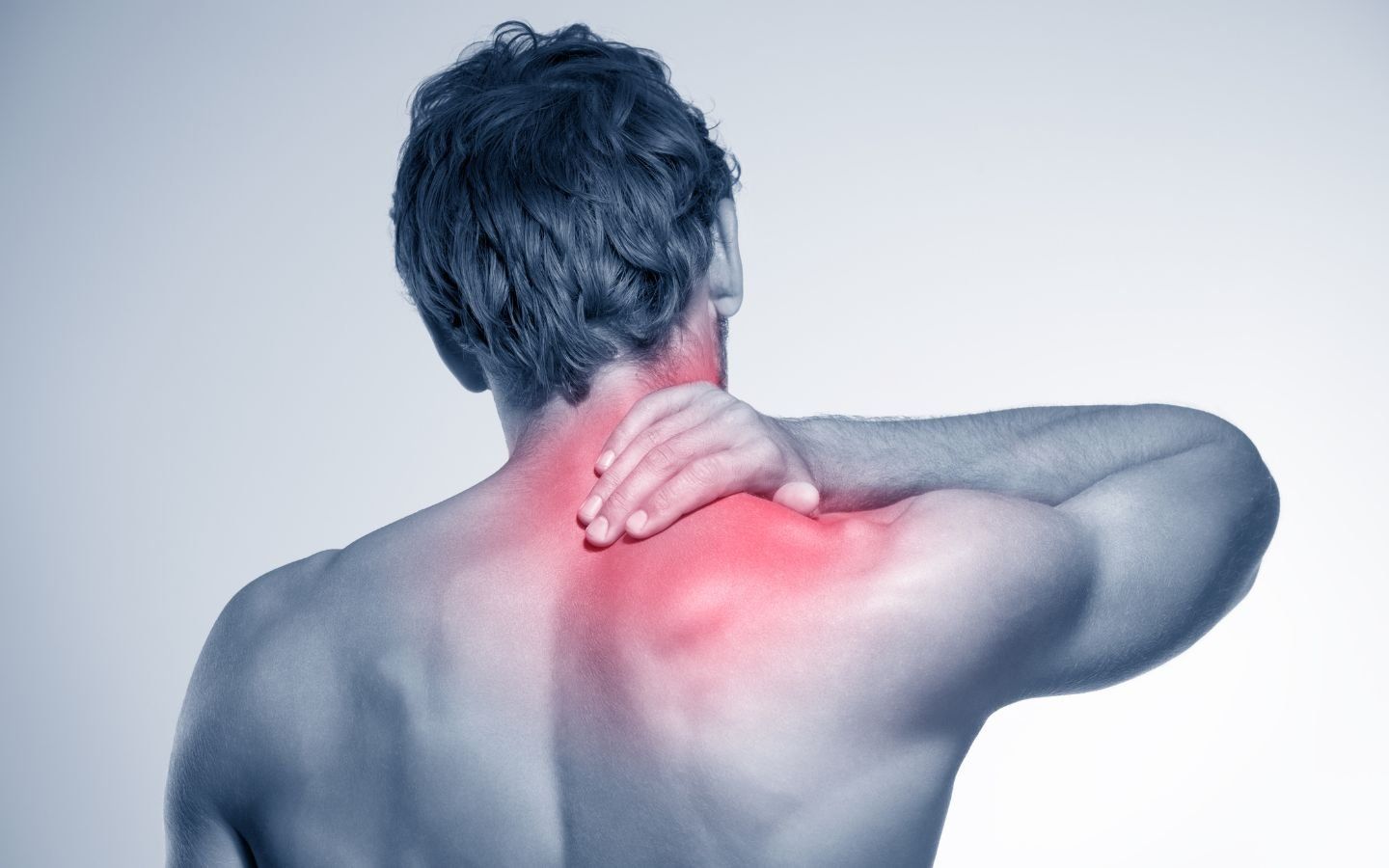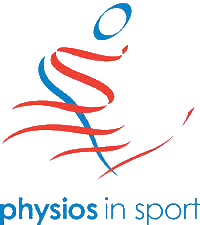Neck Pain
The neck, also known as the cervical region, is located at the top of the spine and supports the weight of the head. It is comprised of 7 individual vertebrae that are interconnected through discs, muscles and ligaments. The design of the vertebrae and the orientation of the transverse processes allow a wide range of movement when compared to the thoracic (mid back) and lumbar (low back) regions to allow the movement of our head.
The articulation between the first two cervical vertebrae of are responsible for half of the total rotation, while the remaining segments contribute to the rest. Full rotation is not achieved without participation of the first few upper thoracic vertebrae either.
There are 44 muscles in total in the neck organised in 'deep' and 'superficial' layers in order to provide different functional roles and provide stability.
The many deep muscles are more segmentally arranged and provide the stability and proprioceptive (joint awareness) feedback. The larger, more superficial muscles such as the trapezius muscles are broader and have a greater capacity to create force and it is therefore important that the coordination between these two muscle groups is accurate to support the head. The deep muscles work in connection with the neck, vestibular and visual systems and therefore if the function of these muscles are altered then people can experience unsteadiness, light-headedness or visual disturbances that can be associated with neck pain.
A nerve exit at each spinal segment to form a complex network around the collarbone known as the brachial plexus. From here they then branch off into their own respective nerves to supple the motor and sensory function of the upper limbs. Any irritation along this nerve root such as that from a disc may cause altered sensation, such as pins and needles, into the upper limb.
It is difficult to create an accurate diagnosis due to the numerous structures in and around the neck and therefore it's important that both physiological, psychological and social factors are examined and addressed as research shows that these can create or increase people's pain perception.














